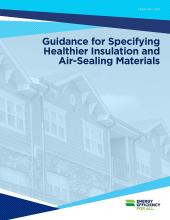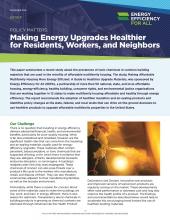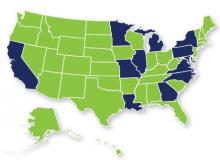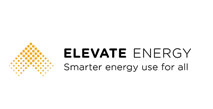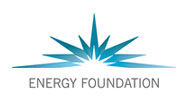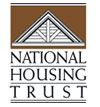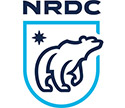Huge numbers of Californians struggle and sacrifice to afford energy bills - a fact most Californians understand and would even pay more to rectify, a new poll commissioned by Energy Efficiency for All shows.
The CEIP is a voluntary “matching fund” program that states can use to encourage early investment in eligible renewable energy, as well as investments in demand-side energy efficiency and solar projects that are implemented in low-income communities. A state or tribe that chooses to opt-in to the CEIP may allocate early action emission allowances (in states that choose a mass-based plan) or emission rate credits (ERCs) (in states that choose a rate-based plan) to eligible CEIP projects for the electricity saved or the renewable power produced in 2020 and 2021. Following an award of early action allowances or ERCs by a state or tribe, EPA will provide matching awards (of allowances or ERCs) up to a national limit equal to 300 million shorts tons of CO2 emissions.
On June 16, 2016, the Environmental Protection Agency (EPA) released a proposed rule for the Clean Energy Incentive Program (CEIP), part of the Clean Power Plan (CPP). The proposed rule differs from EPA's earlier CEIP proposal in several significant ways. This document is intended to distill some of the key issues contained in the proposed rule and highlight opportunities for stakeholders to provide feedback. Comments are due on August 29th.
| Attachment | Size |
|---|---|
| 2.5 MB |


